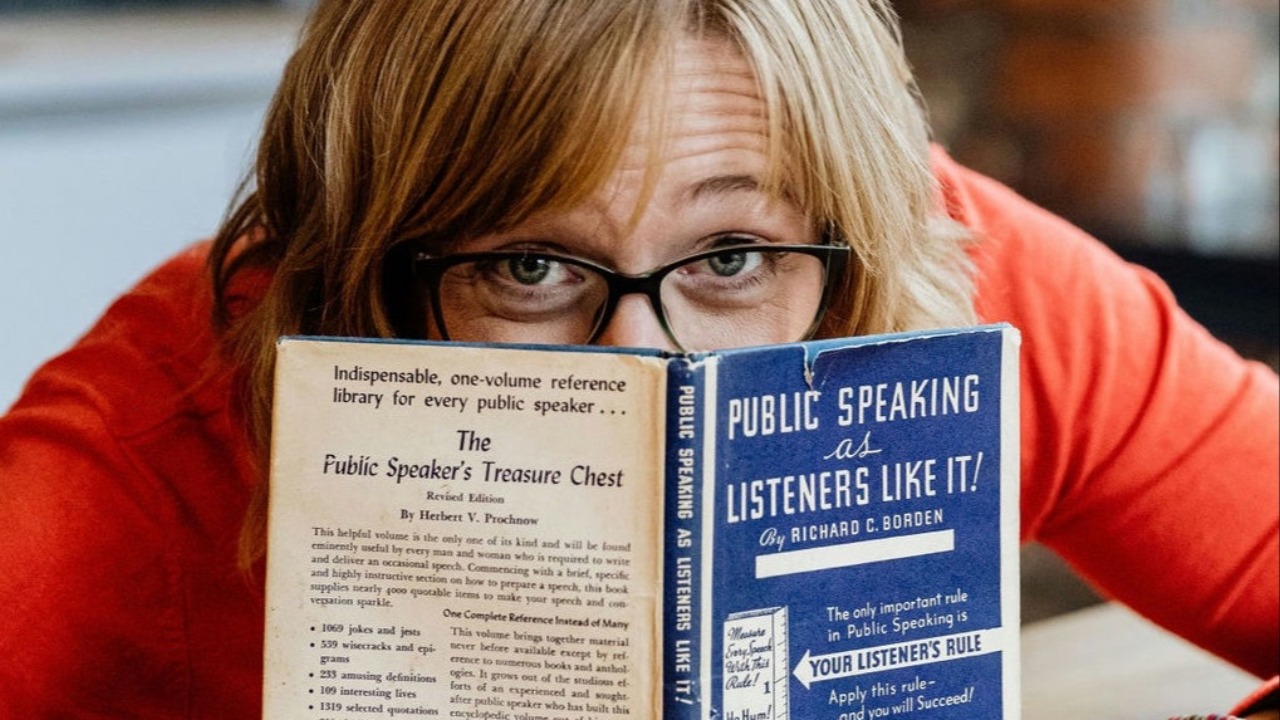What We Can Learn from Martin Luther King Jr.'s "I Have a Dream" Speech
Aug 20, 2025
In August 1963, all eyes were on Washington, D.C., as Martin Luther King Jr. stood at the Lincoln Memorial and delivered what would become one of the most powerful and memorable speeches of the 20th century. As the leader of the civil rights movement, King called for equality, justice, and unity in a country where these ideals were not a reality for many Americans. His words changed the course of history, and decades later, his speech still resonates deeply, offering us timeless lessons in communication, leadership, and public speaking.
Over the past year, I have introduced King’s iconic speech to my clients in one-to-one coaching sessions. Instead of simply quoting lines from social media, I encourage them to watch the full speech to experience its power firsthand. When they do, three things always stand out, offering valuable insights we can apply to our own speaking and leadership skills.
1. The Power of Repetition
One of the most striking elements of King’s speech is his use of repetition. Specifically, the phrase "I have a dream" is repeated eight times throughout the speech, each time building upon the vision he paints for equality and justice. This repetition is not just for emphasis. It serves to reinforce his message and solidify his vision with unwavering clarity.
In leadership, the power of repetition is essential. Do you have a clear vision for your business or team? Do you communicate it regularly so your team knows and understands it? In marketing, it's often said that people need to hear a message seven times before they take action. Similarly, in leadership, consistency and repetition help to ensure that everyone shares the same purpose and drives toward the same goal. By reiterating your vision, you foster a unified direction and increase the chances of inspiring your audience to take action.
2. The Emotional Power of Voice
King’s delivery is not just about the words he speaks; it’s about how he delivers them. His voice follows a rhythmic, almost musical pattern. The cadence, tone, and emotion behind his words make them resonate deeply with his audience. His voice amplifies the significance of his message.
Many professionals focus so much on the content of their speech that they overlook the importance of how they deliver it. King’s speech is a masterclass in vocal expression. Even slight variations in tone, pace, and emphasis can transform a message, making it more engaging and impactful. While you don’t need to sing your speech, you can certainly infuse it with emotion to captivate your audience and leave a lasting impression.
3. The Power of Vivid Imagery
One of the most compelling aspects of King’s speech is his ability to paint vivid pictures with his words. He doesn’t just talk about equality; he brings it to life. For example, he says, "Let us not wallow in the valley of despair" and speaks of "the red hills of Georgia" and "sitting together at the table of brotherhood." These powerful images make his vision feel real, tangible, and achievable.
When communicating your vision, whether to your team, customers, or an audience, how can you use imagery to make it come alive? Instead of saying, "We want to be market leaders by 2026," try saying, "In 2026, we want to walk into a conference and have everyone recognise us as number one." By creating vivid, emotional connections with your words, you make your message more memorable and compelling. The imagery allows people to visualise your success and feel motivated to help make it a reality.
Martin Luther King Jr.’s "I Have a Dream" speech was a defining moment in history, but the lessons it teaches about communication are timeless. If you want to enhance your speaking and leadership skills, visit thepresentercoach.co.uk and sign up for my mailing list. You’ll receive regular insights and strategies to help you communicate with confidence and clarity.
Take inspiration from the greats, and start speaking in a way that moves people to action.


